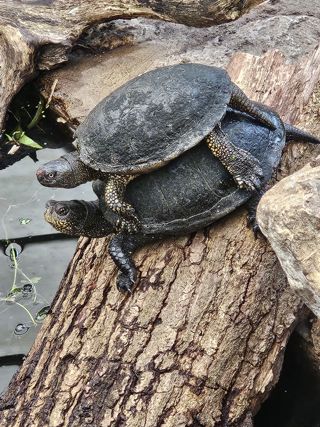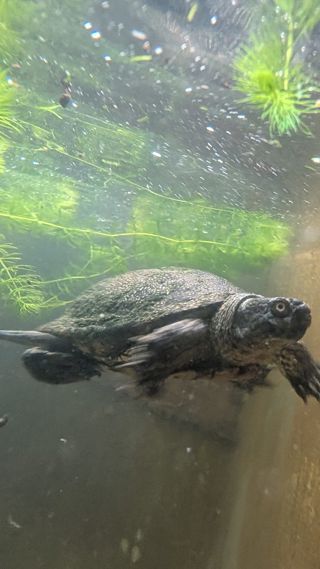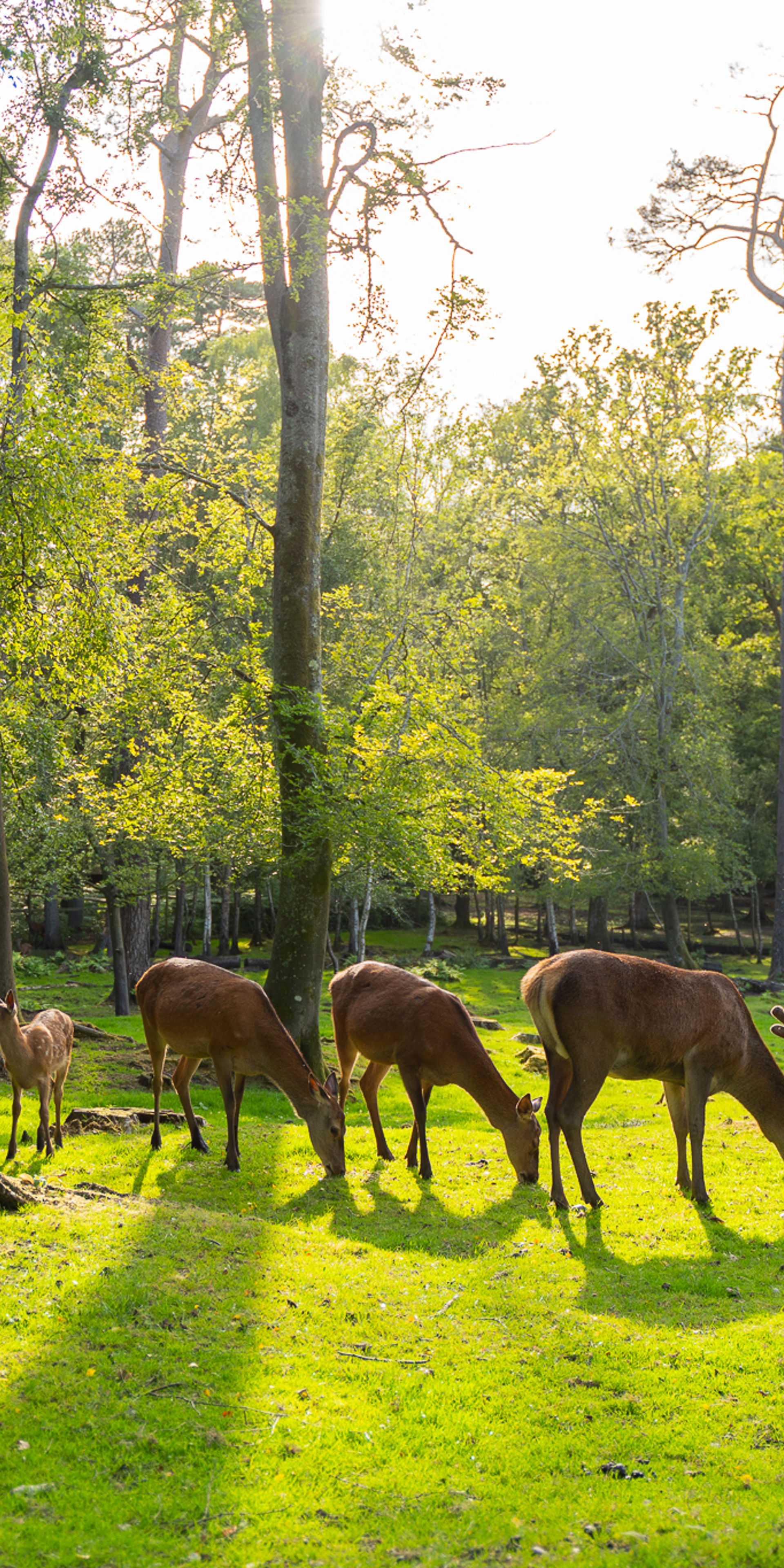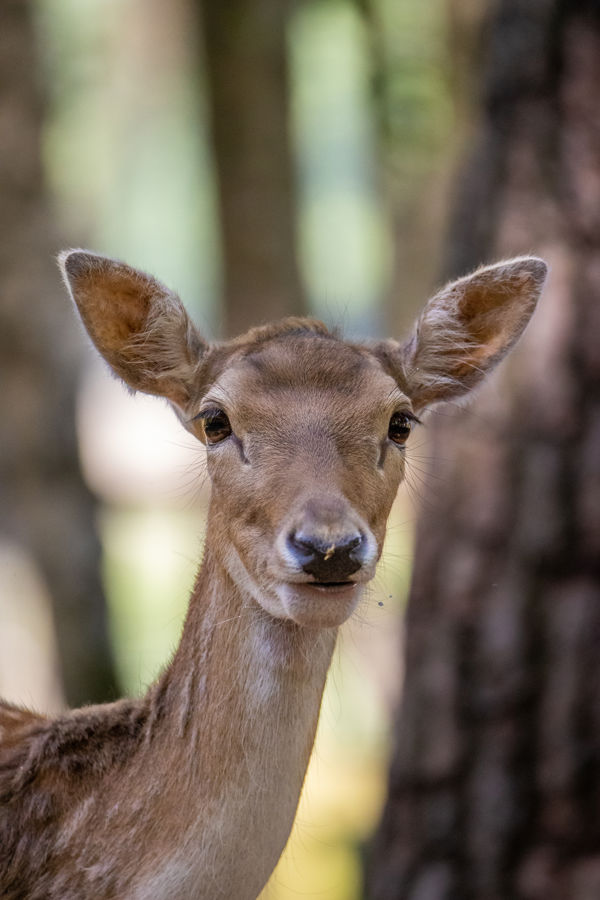European pond turtle

General information
The European pond turtle is the only native freshwater turtle fragmented across central and western Europe, but also native to parts of western Asia, and North Africa. It is a semi-aquatic diurnal species, adapted to swimming with webbed feet, and is known for its dark olive-brown shell, which is typically adorned with yellowish spots or streaks. As an omnivorous species their diet consists of insects, small fish, amphibians, and some vegetation. As a shy species they spend much of their time hiding in water or basking on logs and rocks. Females come onto land to lay eggs in warm, sandy soil during the summer.
Although once common the European pond turtle is now classified as Near Threatened by the IUCN, their populations have declined due to habitat loss, pollution, climate change, and competition with invasive species. Conservation efforts are ongoing in several countries to help restore and protect their natural habitats.

Latin name - Emys orbicularis
Class - Reptilia
Order - Testudines
Family - Emydidae
IUCN Status - Near threatened
Habitat - Ponds, lakes, marshes, and slow-moving rivers.
Distribution - Southern and central Europe, West Asia, and North Africa.
Average Lifespan
Their wild life span is up to 60 years.
Threats
Habitat loss, climate change and competition from invasive species.
Fun Fact
Incubation temperature will determine the sex of the offspring. Lower temperatures produce males, and higher temperatures produce females!
Our Residents
Our turtles can be seen in our Butterfly house. We currently have one female named Tagliatelle, and four males named Rigatoni, Macaroni, Ravioli and Cannelloni.

Sign up to our newsletter
Join our mailing list in order to keep up to date with park news and special offers.




